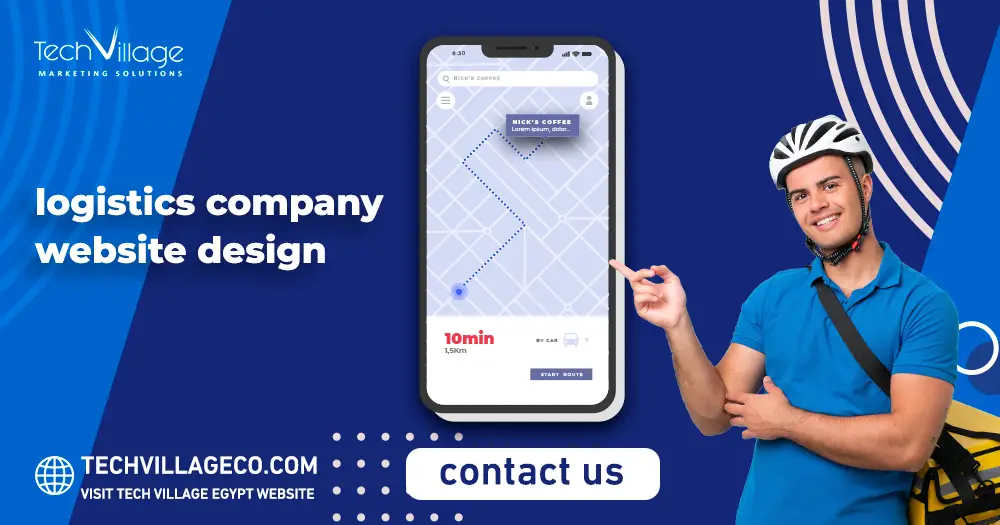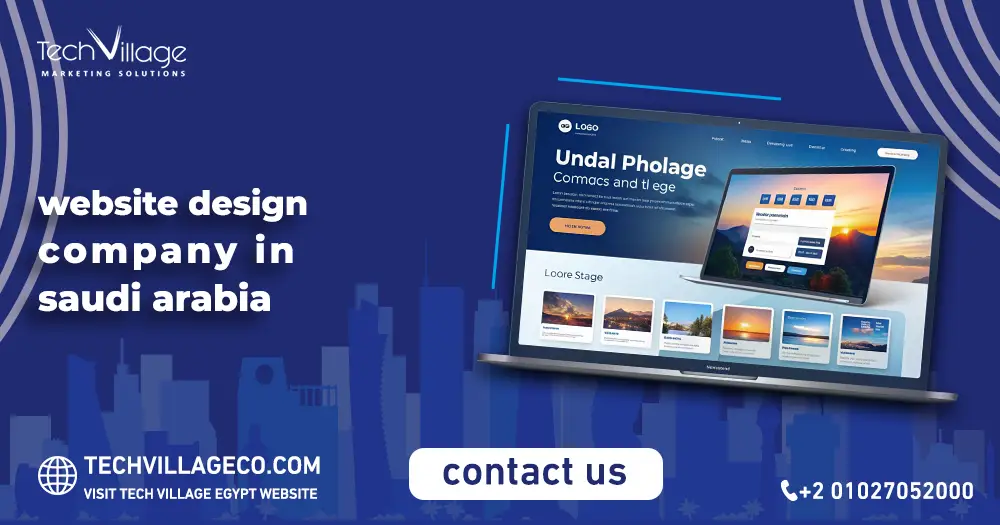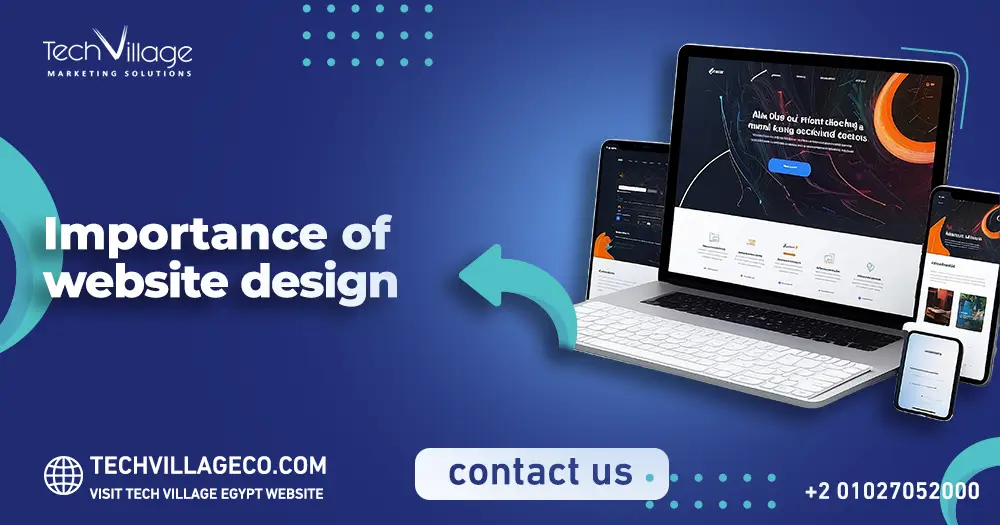Logistics company website design is a crucial task that requires careful consideration of functionality, user experience, and branding. A well-designed logistics website should effectively communicate the company’s services, highlight its strengths, and provide users with easy access to essential information.
logistics company website design needs to be both visually appealing and highly functional, ensuring that clients can quickly find the solutions they need, whether it’s tracking shipments, requesting quotes, or learning more about the company’s capabilities. By focusing on these elements, a logistics company website design can serve as a powerful tool for driving business growth and establishing trust with potential clients.
Table of Contents
ToggleWhat Are The 7 Of Effective Website Design?
Seven key principles of effective logistics company website design include:
- User-Centered Design: Focus on the needs, preferences, and behaviors of the users. The design should be intuitive and easy to navigate, ensuring that users can find what they need quickly.
- Responsive Design: Ensure that the website is fully functional and visually appealing on all devices, including desktops, tablets, and smartphones.
- Fast Load Times: Optimize the website’s performance to load quickly, as slow loading times can frustrate users and lead to higher bounce rates. Efficient coding, optimized images, and proper server configurations contribute to faster load times.
- Clear Navigation: Provide a straightforward and intuitive navigation structure. Menus, links, and buttons should be easy to find and use, helping users move through the site seamlessly.
- Consistent Branding: Maintain consistent use of colors, fonts, and imagery that align with the company’s brand identity. This helps reinforce brand recognition and creates a cohesive look and feel across the site.
- High-Quality Content: Ensure that the content is relevant, informative, and engaging. It should be well-organized and easy to read, with a focus on clear communication that meets the needs of the target audience.
- Strong Call-to-Actions (CTAs): Incorporate clear and compelling CTAs that guide users toward desired actions, such as signing up for a newsletter, requesting a quote, or making a purchase. Effective CTAs are strategically placed and visually distinct to grab users’ attention.
Here’s: Website Development Company.
The Important Of Website Design
The logistics company website design is crucial because it directly impacts how users perceive and interact with a business or organization online. Here are the importance of web design:
- User Experience: Good design ensures a seamless user experience by making it easy for visitors to navigate the site, find information, and accomplish their goals. Poor design can lead to frustration, causing users to leave the site and potentially seek services elsewhere.
- Brand Identity: Your website reflects your brand’s identity. Consistent use of colors, fonts, and imagery aligned with your brand strengthens brand recognition and helps differentiate you from competitors.
- Search Engine Optimization (SEO): Effective website design incorporates SEO best practices, improving your site’s visibility on search engines. This helps attract more organic traffic and increases the chances of reaching potential customers.
- Mobile Accessibility: With the growing number of mobile users, a responsive design that works well on all devices is essential. A site that is not mobile-friendly can alienate a large portion of your audience.
- Conversion Rates: Strategic design elements, such as clear calls-to-action, well-placed forms, and easy navigation, encourage users to take specific actions, like making a purchase or signing up for a newsletter, thereby improving conversion rates.
Read also: How To Design An Interactive Website.
What Are The Five Golden Rules Of Web Designing?
The five golden rules of logistics company website design are fundamental principles that help ensure a website is effective, user-friendly, and visually appealing. Here they are:
1. Keep It Simple And Clean:
A clean, minimalist design is easier for users to navigate and understand. Avoid clutter and unnecessary elements that can distract or overwhelm visitors. Focus on a straightforward layout with clear typography and ample white space, making the content the star of the show.
2. Prioritize User Experience (UX):
Always design with the user in mind. This means creating intuitive navigation, ensuring fast load times, and making the website accessible on all devices. The goal is to make the user’s journey as smooth and enjoyable as possible, allowing them to find what they need quickly and easily.
3. Consistency Is Key:
Maintain consistency throughout the website in terms of colors, fonts, button styles, and overall layout. Consistency helps users feel comfortable and familiar with the site, reducing the learning curve and increasing usability.
4. Mobile-First Design:
With the majority of users accessing websites from mobile devices, adopting a mobile-first approach is essential. Design the website to be fully responsive, ensuring it looks and functions well on smartphones and tablets, as well as on desktops.
5. Effective Use Of Visuals:
Visual components should not detract from the user experience; rather, they should improve it.
Additionally, ensure that visuals are optimized for fast loading times to keep the site performing well.
Here’s: Best Creative Agency Websites.
Logistics Company Website Design
According to tech village, logistics company website design involves creating a professional, user-centric platform that effectively showcases the company’s services and facilitates client interactions. Key elements include clear branding, intuitive navigation, and detailed service descriptions.
Essential features are real-time shipment tracking, a secure client portal, and an easy-to-use quote request system. The site should be mobile-responsive to ensure a seamless experience across all devices. By integrating these elements, a logistics company website design can enhance user experience, streamline operations, and support business growth.
Conclusion
In summary, a logistics company website design is essential for a logistics company to effectively connect with clients and stand out in a competitive industry. By focusing on user experience, clear communication of services, and seamless functionality, the website can become a vital tool for attracting new business and maintaining customer loyalty. Ultimately, a strong online presence not only enhances the company’s credibility but also supports its growth by making it easier for clients to access and trust the services offered.
FAQ
Do businesses really need a website?
Yes, businesses really need a website in today’s digital age. A website serves as a crucial platform for establishing an online presence, enhancing credibility, and reaching a broader audience. It provides a space for showcasing products or services, sharing company information, and engaging with customers.
What are logistics websites?
Logistics websites are online platforms designed to support the operations and services of logistics companies, which manage the transportation, storage, and distribution of goods. These websites serve as digital hubs where clients and partners can access various services, such as tracking shipments, requesting quotes, scheduling deliveries, and managing inventory.

 AR
AR




